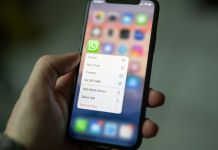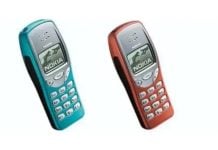This week, we are going to revisit a very unique Nokia smartphone. It is the Lumia 1020, which was a part of the brand’s Windows Phone lineup. However, the reason this device is fondly remembered isn’t for its design or software. Its was unique because of its large DSLR like camera on the rear. So lets take a look.
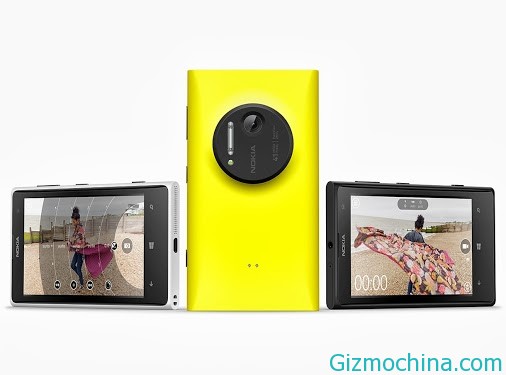
What made the Nokia Lumia 1020 Special?
Back when the Lumia 1020 launched, smartphone camera weren’t as great as they are now. Furthermore, cameras were barely breaking past 13 to 16 megapixel sensors range. But then came the Lumia 1020, with a whopping 41 megapixel sensor on the rear. Again, this might not seem too impressive but back in 2013, this device was easily often crowned as one of the best camera smartphones in the market and was constantly compared to DSLR cameras that offered a similar megapixel count sensor.
The device was quite recognizable back then as well. Nowadays we are used to seeing large island sized camera modules on the rear, but in 2013, you saw a lone sensor on the back sitting almost seamlessly with the rear panel. In other words, camera bump wasn’t as prominent yet. However, the Finnish phone maker launched the device with a huge circular module. While some found it unsightly, it housed the large camera module that was its most highlighting feature. This camera was also complemented by a camera app that received a lot of praise owing to its great user interface that was quite easy to use. Meaning, even beginners could shoot great pictures in manual mode thanks to the intuitive camera app design.
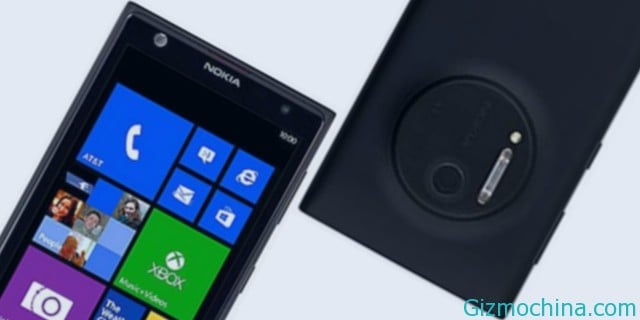
While megapixel count isn’t everything when it came to image quality, Nokia employed a number of techniques to make sure that the Lumia 1020 fully utilized the camera’s potential. The idea behind the sensor was to capture as much details that was possible to create the single best shot. Despite having a 41 megapixel sensor, the image output was only 5 megapixel as the device combined 8 megapixels into one. Nokia called this super sampling technology and marketed it as PureView. This even enabled the device to offer 4x zoom without losing quality and save images in RAW format as well.
Impact & Future Influence
I’m sure at this point you’ve realized that all of these features are not ground breaking now, since it is practically a standard in modern smartphones. But, the process of combining multiple megapixels into one for better quality and lossless zoom was quite innovative. Some would even say, this camera technology was popularized by Nokia. Now, we see smartphones arriving with 64 megapixel sensors that output shots in 16 megapixel through pixel binning.
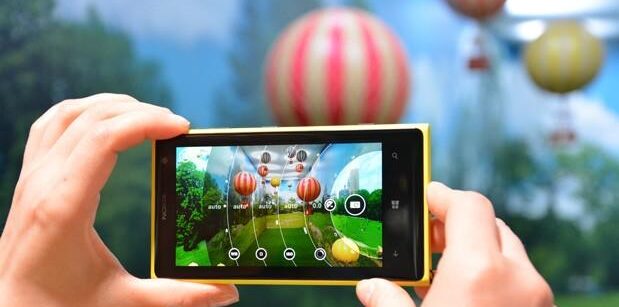
In other words, the Lumia 1020 was one of the earliest examples of brands using larger megapixel count for better image quality. The camera app’s manual mode (commonly known as Pro mode nowadays) was also quite innovative back then. A lot of the interface elements can still be traced back to the Lumia 1020. While the smartphone wasn’t one of the best selling models back in 2013, it still held its own against other favorites in the same year, like the HTC One (M7) and the Samsung Galaxy S4.
Design, Specs, & Price
Although the camera was the highlighting aspect of the smartphone, it wasn’t as fondly remembered for a lot of other aspects. While the device did stand out, it wasn’t as impressive like the HTC One in terms of design, but it wasn’t terrible either. It feature a rectangular design with rounded edges that was mostly smooth except the camera bump. The rear panel is made by polycarbonate materials and arrived in Black, White, and Yellow color options.
It sported a 4.5 inch display PureMotionHD+ AMOLED display that had Gorilla Glass 3 protection on top. On the rear, it featured the large 41 megapixel camera that featured Carl Zeiss optics, paired with a Xenon and LED flash. This sensor had a 1/1.5 inch sensor size along with optical image stabilization. The front only offered a 1.2 megapixel selfie camera. Under the hood, the device packed Qualcomm Snapdragon S4 Plus paired with 2GB of RAM and up to 64GB of internal storage.
The Nokia Lumia 1020 was powered by a 2,000mAh battery pack. Notably, the device ran on Microsoft Windows Phone 8, which was upgradable to 8.1. Back when it first launched in July 2013, the device was available for 299 US Dollars, which was thought to be quite expensive. Although, the company soon slashed prices owing to the model struggling in the market. So, some were even able to grab the device for around 99 US Dollars on contract.
[yop_poll id=”105″]RELATED:
- Nokia Go Earbuds 2+ & Earbuds 2 Pro with Bluetooth 5.2, ENC launched
- Nokia G11 launched 90Hz display, 50MP triple cameras, 5,050mAh battery
- Nokia G21 powered by Unisoc T606 SoC and 4GB RAM officially launched

